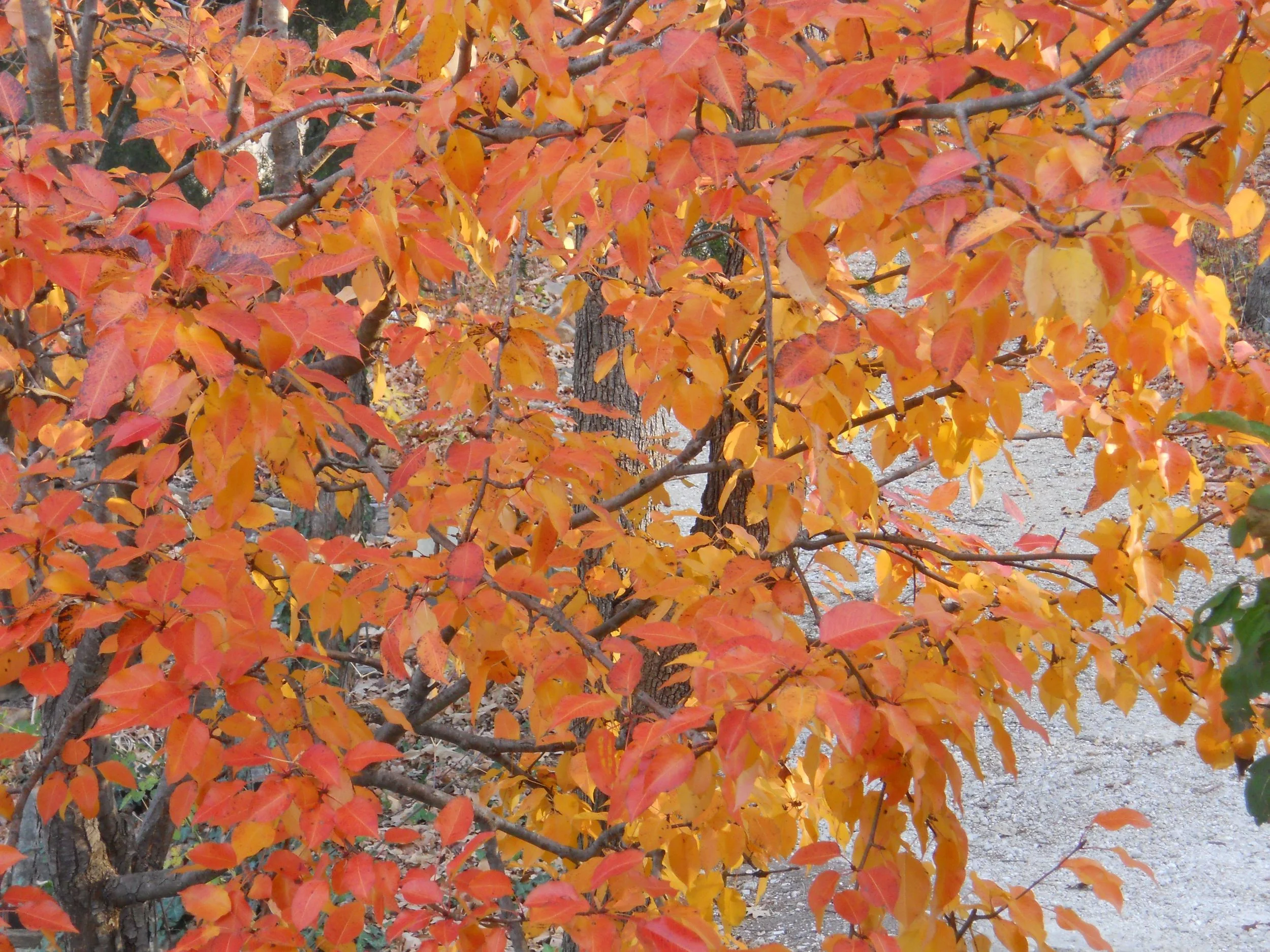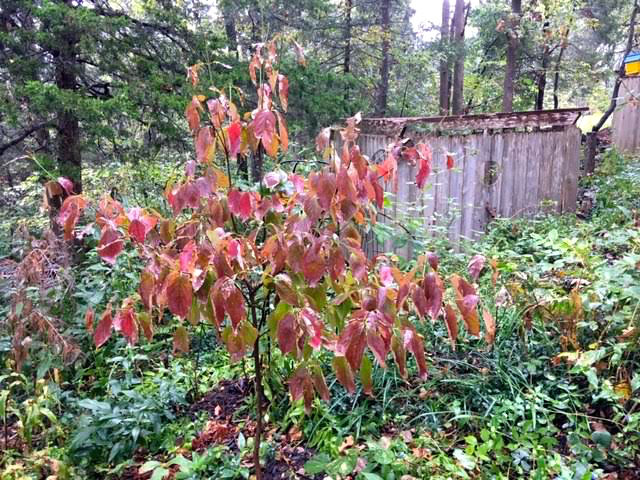October Gardening Chores
/My native dogwoods are turning red, kicking off the display of fall color. (Photo by Charlotte Ekker Wiggins)
October Gardening Chores
Looks like we are going to have a long fall again this year. Besides the active sports season, forecasts this year for the peak of fall color are a good 3 weeks behind previous years, although we shouldn’t be in too much of a hurry to launch into winter. The winter forecasts are for a rough few months including seven major storms for USDA Hardiness zone 5b/6a.
I am gearing up to winterize my hillside garden, from trimming plants that will be coming inside to mulching flower beds. This year, I am also stashing away items for my winter kitchen.
1. Pick herbs before they have flowered to capture the full flavor. Wait until after they have flowered and cut the new herb sprouts to dry for later use. Except for basil.
2. Besides harvesting, this is the time to freeze extras for later use.
3. Start pruning and checking for any hitchhikers on plants that are coming inside for winter. To cut down on leaf drop, bring plants in a month before turning on the heat, which is usually early October.
4. For single plants in separate pots, consider combining them, watering well and then bringing them inside. Even if they only last for a couple of months, they will help to extend the growing season.
5. Water. Perennials, established trees, evergreens and azaleas need one inch of water a week. Water into the ground so the water hydrates plant roots. Keep watering until our first hard frost. For our part of the country, that usually around Halloween.
My little garden flags help me keep track of passing time. (Photo by Charlotte Ekker Wiggins)
6. Stop fertilizing and pruning. Wait until January-February after the plants are dormant and you can better see their form.
7. If you have trees with fungus or other issues, collect those leaves and burn or bury into the ground. I leave most of my leaves on flower beds except for diseased ones, don’t want to spread that fungus. Those I bury in the ground.
8.If you haven’t cleaned up flower beds of spent plants, here’s your last chance to gather seeds. Leave some for the birds, they will eat them over winter. Leave the rest to clean up in spring. By then, most of the greenery will have broken down and become part of the garden mulch.
9. Plant spring bulbs. Add a little bone meal at the bottom of the hole to slowly feed the bulbs. Plant bulbs close together if you don’t mind digging them up in a couple of years to separate. If you would rather not, give them more space in between. Mark where you planted them so you don’t dig them up next year when planting something else.
10. Leave the falling leaves where they are. If you are worried about your grass, run the mower over them. Leaves return Nitrogen to the soil and make a wonderful amendment to flower beds and help retain moisture.
11. Plant trees and bushes; make sure to water daily until frost.
12. Stop long enough to enjoy the beauty of fall as leaves turn, native plants bloom and temperatures turn crisp and cool. A hot cup of tea with fresh honey sounds good about now!
Charlotte













